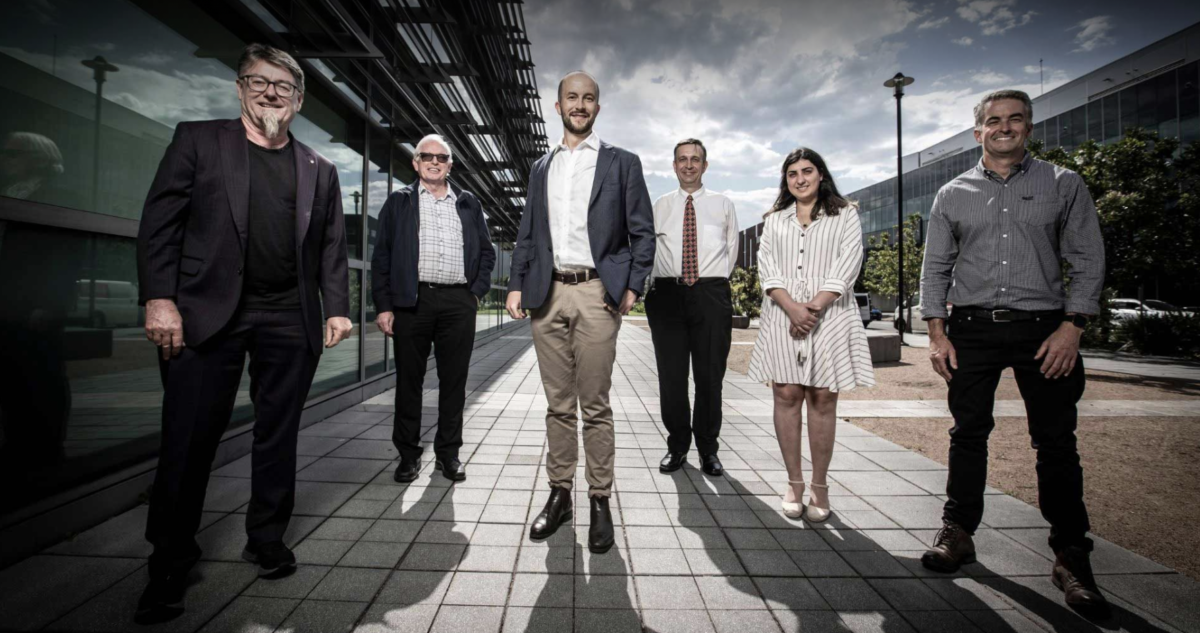A research collaboration has led to the discovery of Edge Functionalised Graphene (EFG), a form of graphene which is both highly conductive and processable, and promises to improve the cost and efficiency of lithium-ion batteries.
Researchers at the University of Wollongong (UOW) on the New South Wales south coast, in collaboration with those from the ARC Centre of Excellence for Electromaterials Science, and the Australian National Fabrication Facility, made the discovery, led by Professor David Officer and Professor Gordon Wallace.
Edge Functionalised Graphene
Edge Functionalised Graphene, as its called, is comprised of nano platelets which, according to the researchers, have excellent potential as a valuable carbon additive for a variety of electrochemical devices.
The team says due to these unique properties, the materials will be useful in energy storage, both for batteries and supercapacitors, as well as in composites for use as sensors, reinforcement materials or non-metallic conductors.
The researchers are now working with private company Sicona Battery Technologies to demonstrate the scale-up of production. Sicona have made binding agreements with the Wollongong university for the acquisition of all its intellectual property related to Edge Functionalised Graphene (EFG).
“Like many materials, finding a way to exploit the extraordinary properties of graphene in useful applications is critically dependent on making the graphene processable,” Professor Officer said.
“With EFG, we have been able to not only create a process that produces a unique graphene that can be used as a powder, dough, paste or dispersion, but a process that we believe is commercially scalable. Our commercial partners Sicona have recognised this.”
Sicona founder and CEO, Christiaan Jordaan, said the new material will enable it to improve its battery materials’ electrical conductivity, and therefore quality. “It’s a simple and highly scalable production process that yields this unique EFG material, we believe it has a bright future in the rapidly growing battery market,” he said.
Edge Functionalised Graphene was initially discovered back in 2017, but researchers subsequently had to determine what the material “actually is” and then to simplify the manufacturing process, Professor Wallace said.
“Taking amazing discoveries out of the research lab and into industry is a complex process. Often, we do not have common interests nor agree on the best way forward,” he added, somewhat enigmatically.
The technology is patent pending in 12 international jurisdictions with its proponents saying it will be “further enhanced” under a two-year research and collaboration agreement between Sicona and UOW focused on process scale-up and application of the graphene material in batteries, as well as a thermal conductivity enhancer.
This content is protected by copyright and may not be reused. If you want to cooperate with us and would like to reuse some of our content, please contact: editors@pv-magazine.com.









3 comments
By submitting this form you agree to pv magazine using your data for the purposes of publishing your comment.
Your personal data will only be disclosed or otherwise transmitted to third parties for the purposes of spam filtering or if this is necessary for technical maintenance of the website. Any other transfer to third parties will not take place unless this is justified on the basis of applicable data protection regulations or if pv magazine is legally obliged to do so.
You may revoke this consent at any time with effect for the future, in which case your personal data will be deleted immediately. Otherwise, your data will be deleted if pv magazine has processed your request or the purpose of data storage is fulfilled.
Further information on data privacy can be found in our Data Protection Policy.